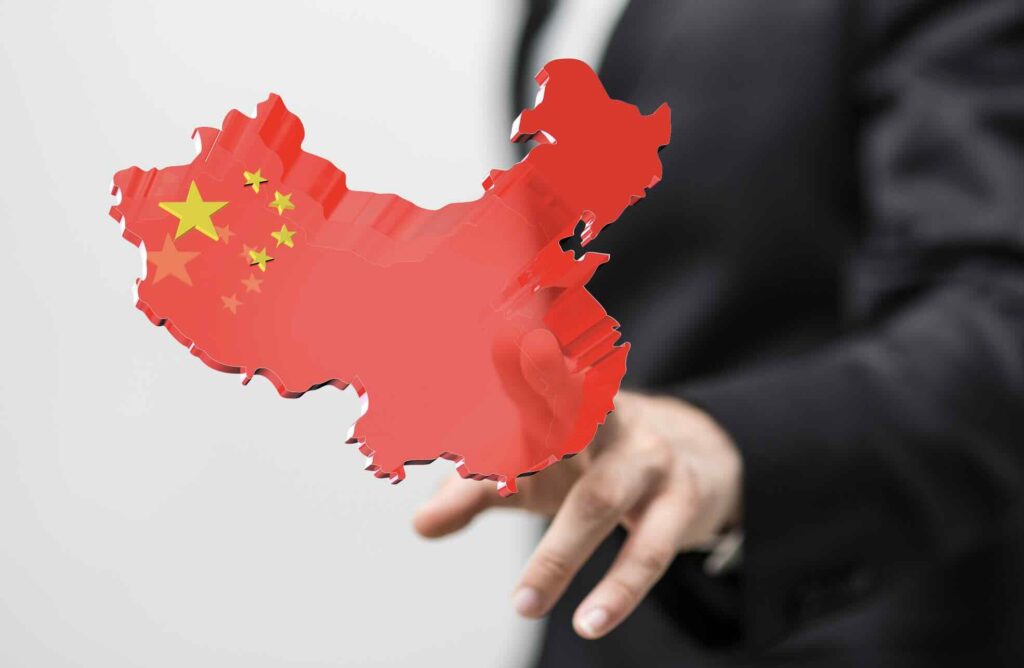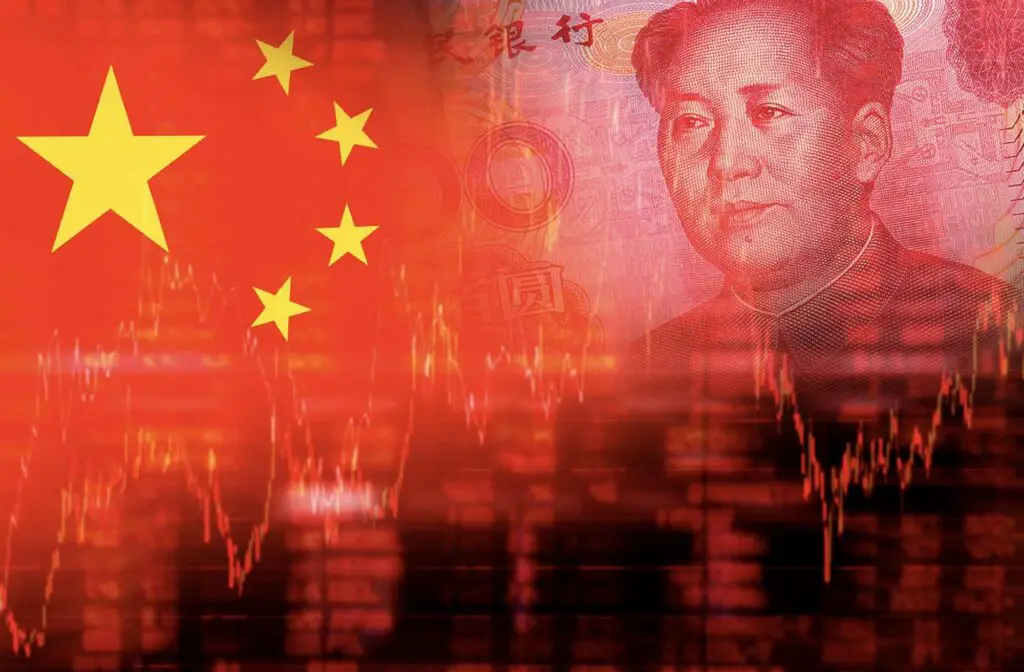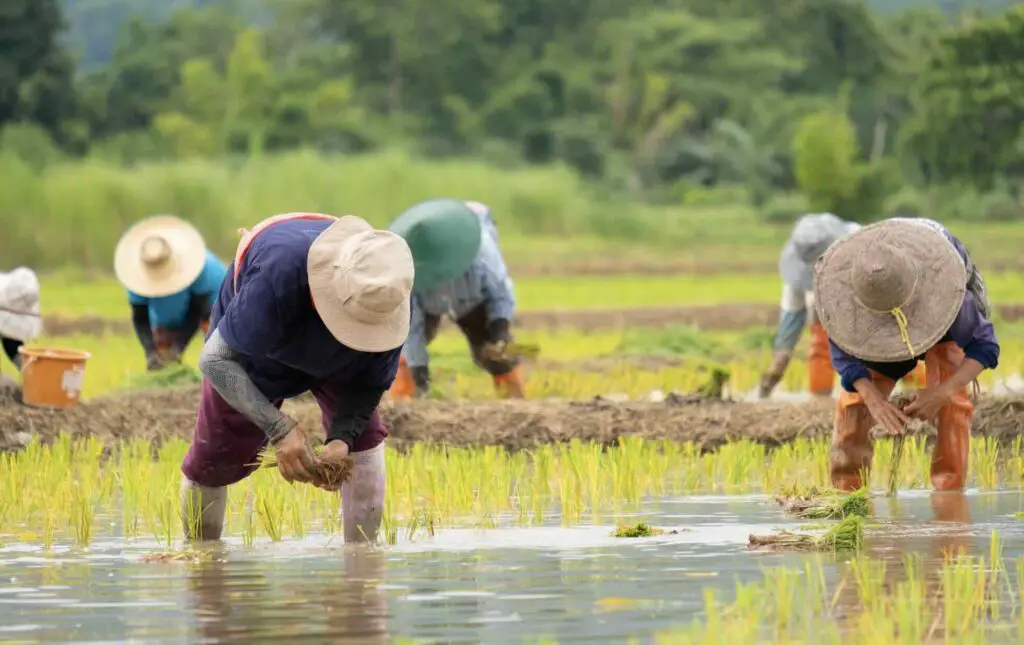My initial journey to China was in the mid-1980s, during an era when it bore little resemblance to the China we see today. China is a country that has seen significant changes in the last 50 years.
China’s swift rise on the global economic stage is genuinely remarkable. Transitioning from a primarily agricultural society to an industrial giant in a relatively short span, China’s metamorphosis has been astounding. Yet, its designation as a “developing” nation remains debated. This blog will explore if the “developing country” tag remains apt for China.
Table of Contents
- China As A Developing Country: Debunking The Myth
- Developing Vs. Developed: A Grey Area In China
- Related Questions
China As A Developing Country: Debunking The Myth
China’s rapid ascent in the global economy is a marvel of modern times. China’s transformation is extraordinary, from being an agrarian society to becoming a manufacturing behemoth in just a few decades.
However, its classification as a developing nation has been a point of contention, and with good reason. Read on as we explore whether the “developing country” label still holds water for China.

A Brief Historical Context
The foundation of the People’s Republic of China in 1949 marked the beginning of a tumultuous period filled with social reforms and economic experiments. The ‘Open Door Policy’ was initiated in 1978 under Deng Xiaoping and opened China to foreign investment, setting the stage for its meteoric rise.
By the 21st century, China was firmly on its way to becoming an economic superpower.
One of my favorite quotes by Deng Xiaoping is:
“It doesn’t matter whether a cat is black or white, as long as it catches mice.”
Deng XiaoPing – China Daily
The sentiment suggests that if the economy functions efficiently, it’s deemed satisfactory. Although these words were articulated well before China embarked on its economic reforms and opening-up journey, they resonate deeply with that transformative era.
The philosophy that “if it works, it’s beneficial for China and its economy” has undeniably been a significant driving force for a long time.
Developing Vs. Developed: A Grey Area In China
For the layman, the distinction between a developing and developed country may seem simple: wealth, infrastructure, and quality of life.
But on the international stage, these distinctions are far from straightforward.
Self-identification With The WTO:
The World Trade Organization (WTO) allows nations to self-declare their developmental status. It’s a system that’s ripe for gaming. By identifying as developing, China enjoys various advantages in trade negotiations and receives preferential treatment in tariffs, as do other developing nations. However, one could argue that the world’s second-largest economy should not be entitled to such benefits.
Metrics Employed By World Bank And IMF:
These organizations use various indicators, from GNI per capita to education levels. Given its vast population and regional disparities, China has a mix of first- and third-world characteristics. While cities like Beijing and Shanghai rival any global metropolis in infrastructure and GDP, parts of Western China still grapple with fundamental developmental challenges.
State-led Capitalism And Subsidies
One of the central tenets of China’s economic model is state-led capitalism. Large swaths of its economy, from tech to fishing, are controlled or heavily influenced by the state. This allows massive state-backed subsidies to flow into these sectors, providing them a competitive advantage in global markets.
Leveraging the “developing country” tag, China has often defended these subsidies. Critics argue that such practices distort global markets and offer an unfair advantage to Chinese firms.

Economic Size Vs. Economic Distribution
China’s GDP is second only to the United States. But when we look at GDP per capita, a different picture emerges. Despite its massive total GDP, the wealth distribution in China is uneven.
While the coastal cities enjoy affluence, large portions of the population still live under conditions classified as “developing.” The developmental disparity is a real challenge China faces, even as its global economic clout grows.
This vast internal disparity is why China identifies itself as a developing country. Yet, numerous coastal cities, including Beijing, Shanghai, and Guangzhou, can easily compete with global hubs like Hong Kong and Singapore in terms of development.
These cities are not just ‘developing’ but are, in fact, advanced and affluent urban centers. This poses a problem: how can China categorize itself as a developing nation when it boasts undeniably prosperous and highly developed cities?
Environmental Considerations
Another lens to examine China’s developmental status is through its environmental policies and practices. The country is the largest emitter of greenhouse gases. While developed countries have historically been the largest polluters,
China’s industrial rise has been accompanied by environmental degradation. While notable in recent years, its efforts towards sustainable practices are still in the early stages compared to many developed nations.

China is a study in contrasts. Its global economic influence, technological advancements, and mega-cities paint a picture of a developed nation. Yet, regional disparities, developmental challenges, and the internal complexities of a nation of 1.4 billion people suggest that the “developing” label is not entirely misplaced.
However, it’s essential to acknowledge that the “developing country” tag, especially in trade negotiations and international treaties, can offer undue advantages to a nation as powerful as China.
As the world evolves and economies continue to shift, it’s crucial to revisit these classifications to ensure they reflect the current reality and not just historical precedents. It might be time for a new classification system that considers the multifaceted nature of modern economies and doesn’t oversimplify them into binary categories.
At A Bus On A Dusty Road, we talk about history, travel, life, sailing, and ex-pat living. We are all about “Living Life As A Global Citizen.” We explore social, cultural, and economic issues and travel.
We would love to have you be part of our community. Sign up for our newsletter to keep up-to-date by clicking here. If you have any questions, you can contact me, Anita, by clicking here.
Listen to our Podcast called Dusty Roads. You can find it on all major podcast platforms. Try out listening to one of our podcasts by clicking here.
Subscribe to our A Bus On A Dusty Road YouTube Channel filled with great videos and information.
Related Questions
What Is the Origins Of The Name China?
In Chinese, the name for China is “Zhongguo,” or the middle kingdom. China is the term that most of the world knows or recognizes, not “Zhongguo” or the Middle Kingdom.
China’s name comes from the Sanskrit name “Cina.” The name refers to the Qin Dynasty, the first dynasty to rule China. The name “Cina” or “China” is not seen in Western writings until the early 16th Century.
You can discover more by reading What Is the Origins Of The Name China? by clicking here.
Where Is The Ching Ming (Qing Ming) Festival Celebrated?
The Ching Ming (Qing Ming) festival is celebrated in most parts of Asia, especially in any country with a sizeable Chinese community. Not all countries will celebrate this cultural festival as a public holiday. Still, in many parts of Asia, you will find people taking time off work as they need to go with their families to their family gravesites.
You can learn more by reading Where Is The Ching Ming (Qing Ming) Festival Celebrated? All About by clicking here.
Is Hong Kong A Separate Country Or A Part Of China?
Hong Kong and China have basic laws similar to what we would in the United States consider our constitution or our rights as individuals and citizens of a country. This fundamental law clearly states that Hong Kong is part of China’s country.
By clicking here, you can discover Is Hong Kong A Separate Country Or A Part Of China?


